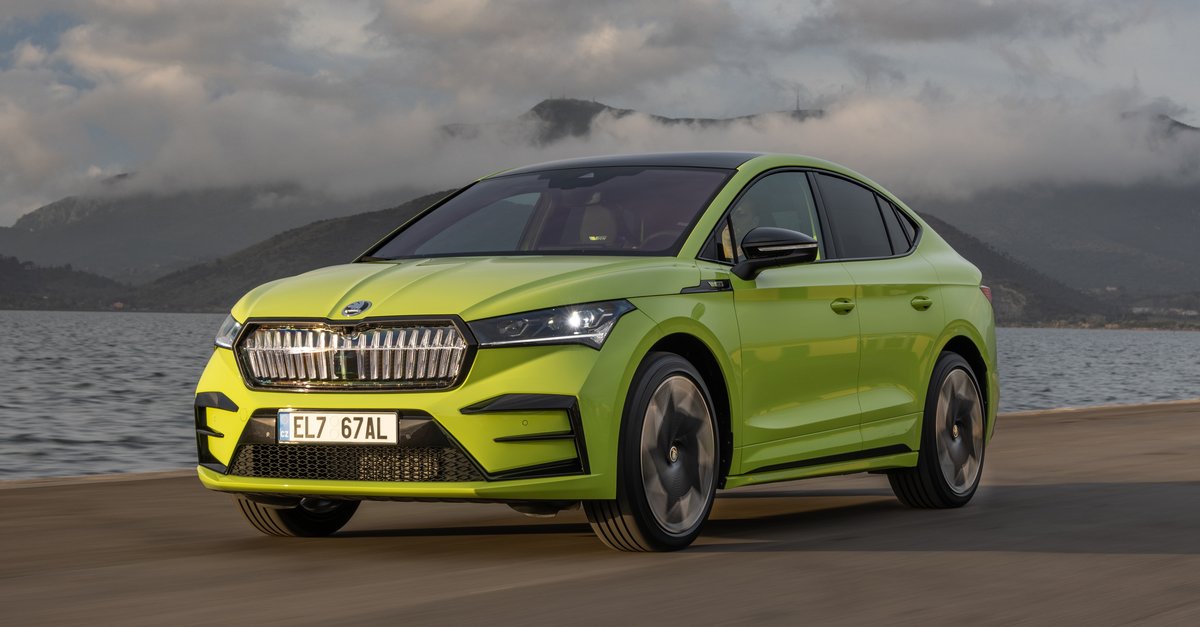Myths of electromobility: Do electric cars overload our power grid?
No time right now?
What happens to our power grid if suddenly all Germans were to drive an electric car? The myth: it collapses. The reality: nothing.
Electric mobility has always had to contend with a multitude of myths. For example, there is the famous – and repeatedly refuted – “CO2 backpack”, which is always used when combustion engines are to be presented as particularly environmentally friendly. Another classic is the “range fear”. Statistically speaking, most vehicles in Germany are only moved 30 to 40 kilometers per day, but an electric car must of course cover at least 500 kilometers at a time. Take a break on the motorway? Of course, that never happened with the combustion engine.
Since these “arguments” have now been refuted so often that even opponents of electric cars are increasingly rare, something new (old) was needed. An argument that plays with people’s fears and – once posted in the Whatsapp group – immediately sticks in their brains. And so it happened that one hears and reads more and more frequently that the electricity grid in Germany will collapse as a result of electromobility and that we will all have to sit in the dark.
Time for some enlightenment.
Even millions of electric cars do not lead to a blackout
In July 2019 appeared at Time online an analysis that looked into the question of whether there is even enough electricity for millions of electric cars – and how this will affect the stability of our power grids. Even then, several studies by energy companies such as Innogy showed that electromobility posed no problems for the existing power grid. With an intelligent control system, it would have been possible to charge around 45 million electric cars as early as 2019 without the existing energy network having to be converted or expanded.
A project by Netze BW shows why this is so. In the so-called E-Mobility Allee in Ostfildern near Stuttgart, the network operator tested over a period of one and a half years how e-mobility affects the power grid. For this purpose, ten households were each equipped with an electric car and a wallbox. All households were on the same main power cord. The result: Although most electric cars were charged in the evening hours, there were never any local peak loads, as a maximum of five of the ten cars were charged at the same time over the entire year and a half. Some cars were even only connected to the grid once a week.
The question that remains is how the “electric cars lead to blackouts” myth came about in the first place. That brings us to the 80s sitcom “Alf”. Its home planet Melmac has exploded because all residents switched on their hairdryers at the same time. Proponents of the blackout thesis construct a similar case. Because if 30 million households were to charge their electric car with 11 kW or 22 kW at the same time, the power grid would actually be overloaded. The likelihood that that will happen, however, is as high as the appearance of a fifth season of “Alf”.
The power grid of the future is smart
Nevertheless, the topic boils up again and again – most recently in mid-January when some media headlined that the Ministry of Economic Affairs was planning “forced charging breaks” for electric cars. It is now clear that this is just a “working level” draft law that is currently still being revised, but the public damage has already been done – as is so often the case.
The cause of all the excitement was the “tip smoothing” mentioned in the draft law. Put simply, it is a matter of temporarily limiting the output of “controllable consumption devices” (such as charging stations and heat pumps) if there is a threat of network overload. In the draft, however, there was talk of completely disconnecting consumers “up to two hours per day”, from which the term “forced charging break” arose.
If you look at the matter soberly (and without any populism), the whole thing looks like this: We are in the middle of the energy transition and the intelligent power grid (smart grid) is becoming more and more a reality. Energy management, i.e. the intelligent use of the available energy, is of particular importance in this context. This can already be observed in households with photovoltaic systems: The energy manager only starts the washing machine and dishwasher when the photovoltaic system generates more electricity than is currently required. The charging capacity of the wallbox is also regulated accordingly.
Tip smoothing is based on this very principle. From an economic point of view, it makes no sense to expand the power grid in such a way that it can cover every (theoretical) peak situation. Rather, in terms of sustainability, it must be so “intelligent” that existing resources are used efficiently. And that also means that at peak times in the evening and night hours, electric cars may only be temporarily charged with five kW instead of eleven kW.
The decisive factor here: Ultimately, none of this makes any difference for consumers, because their electric cars will still be charged until the next morning.


